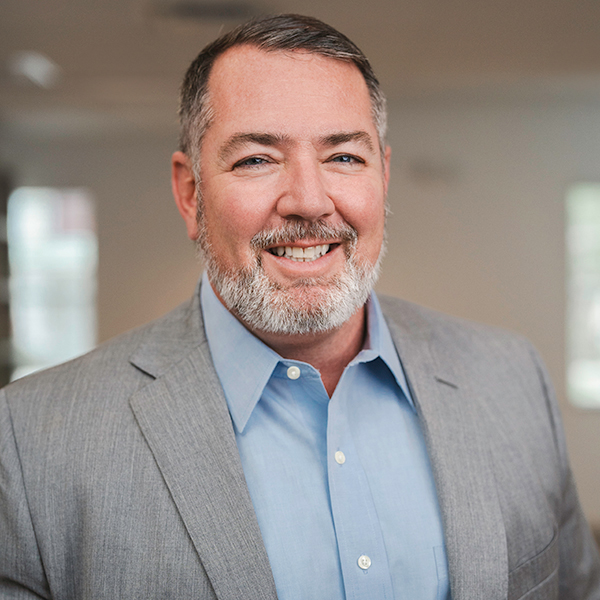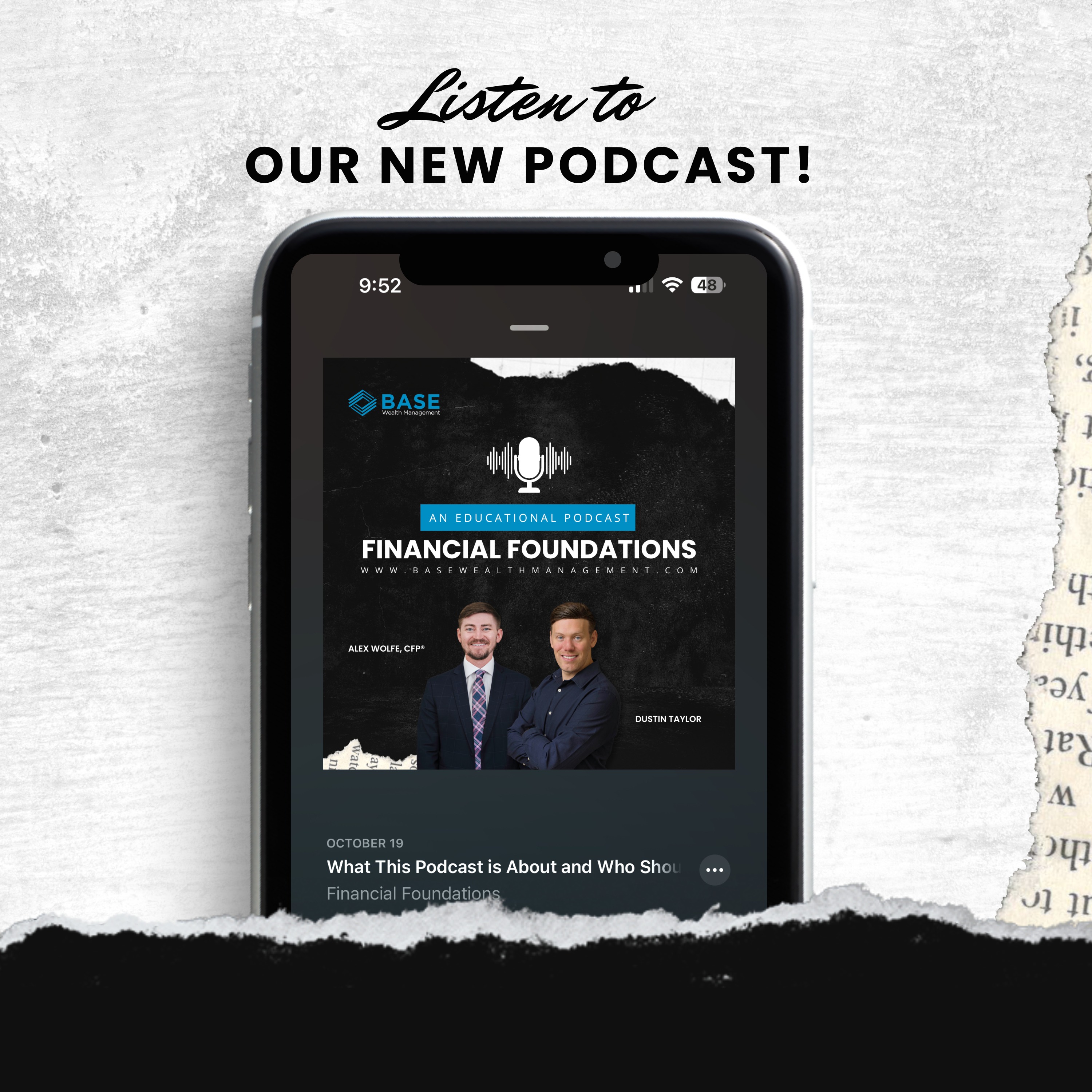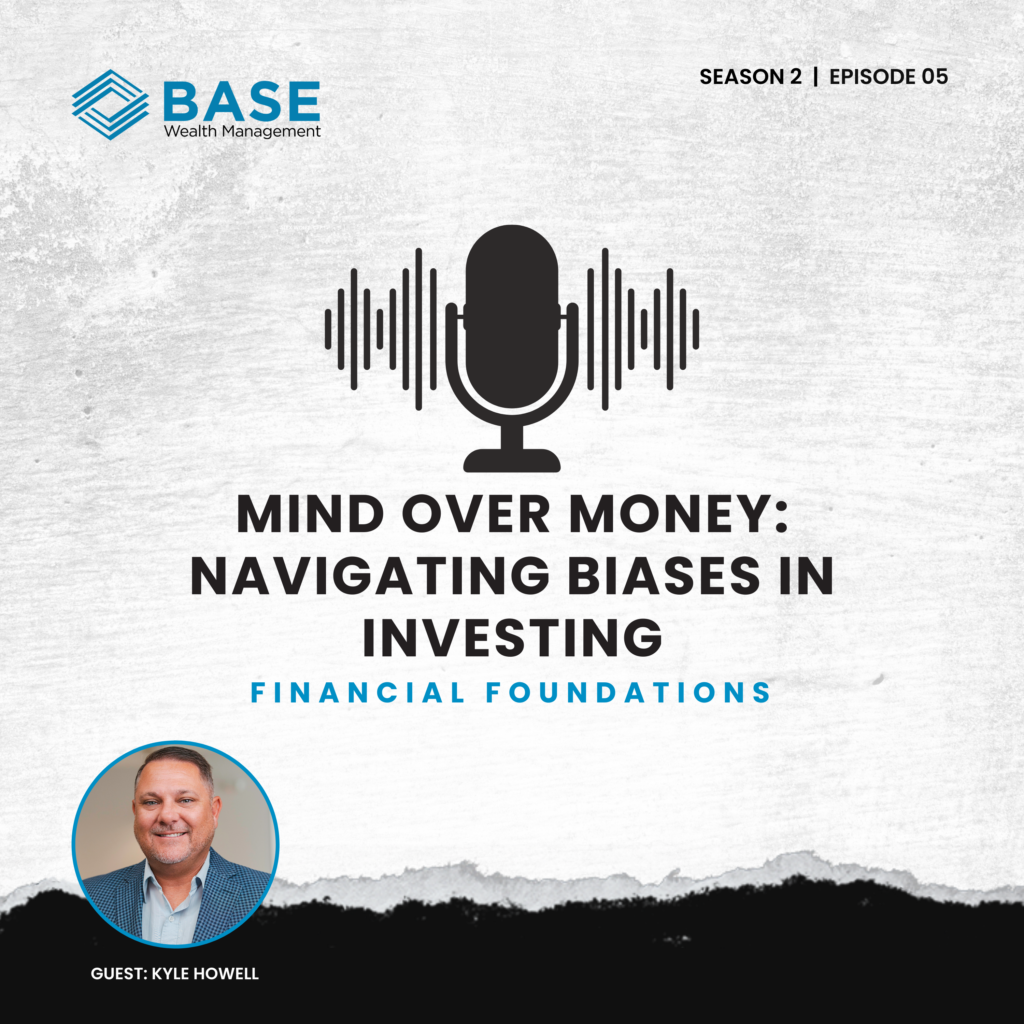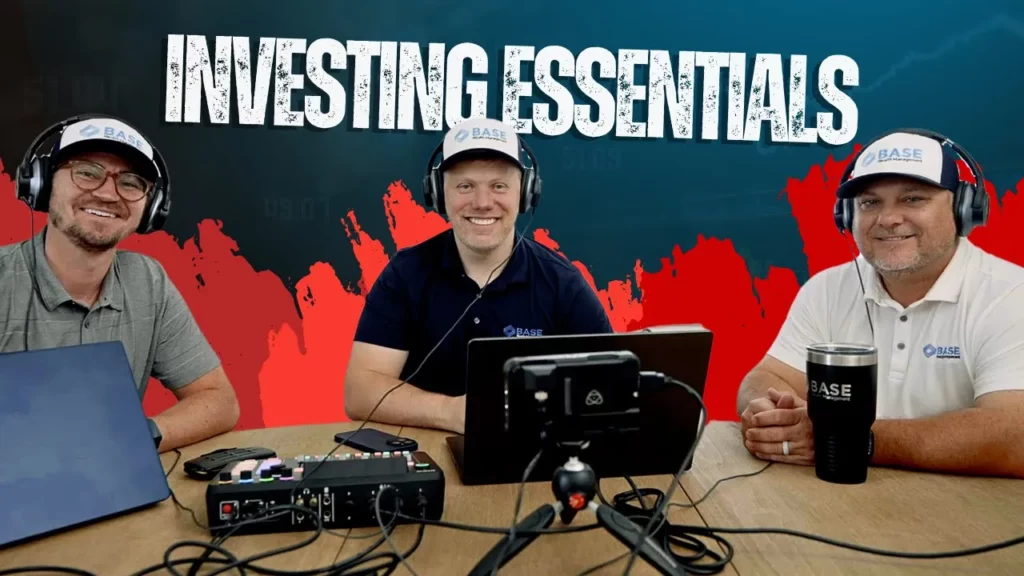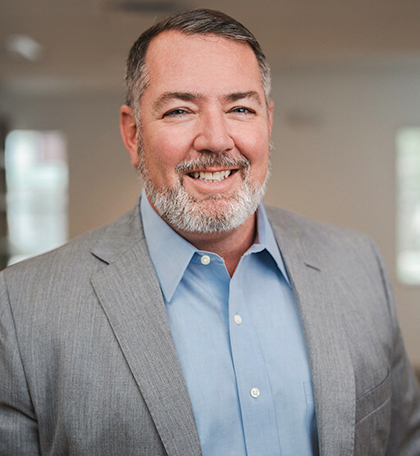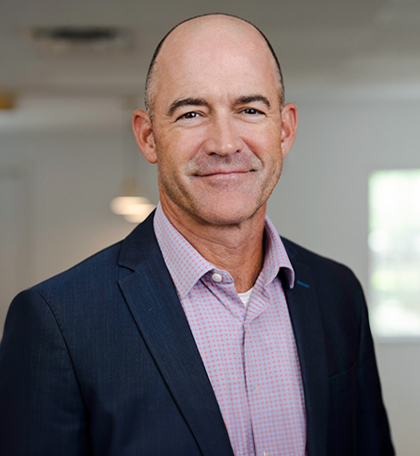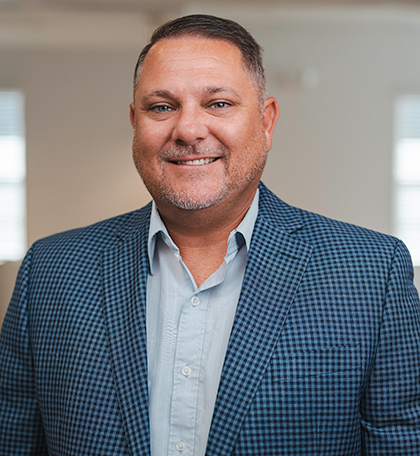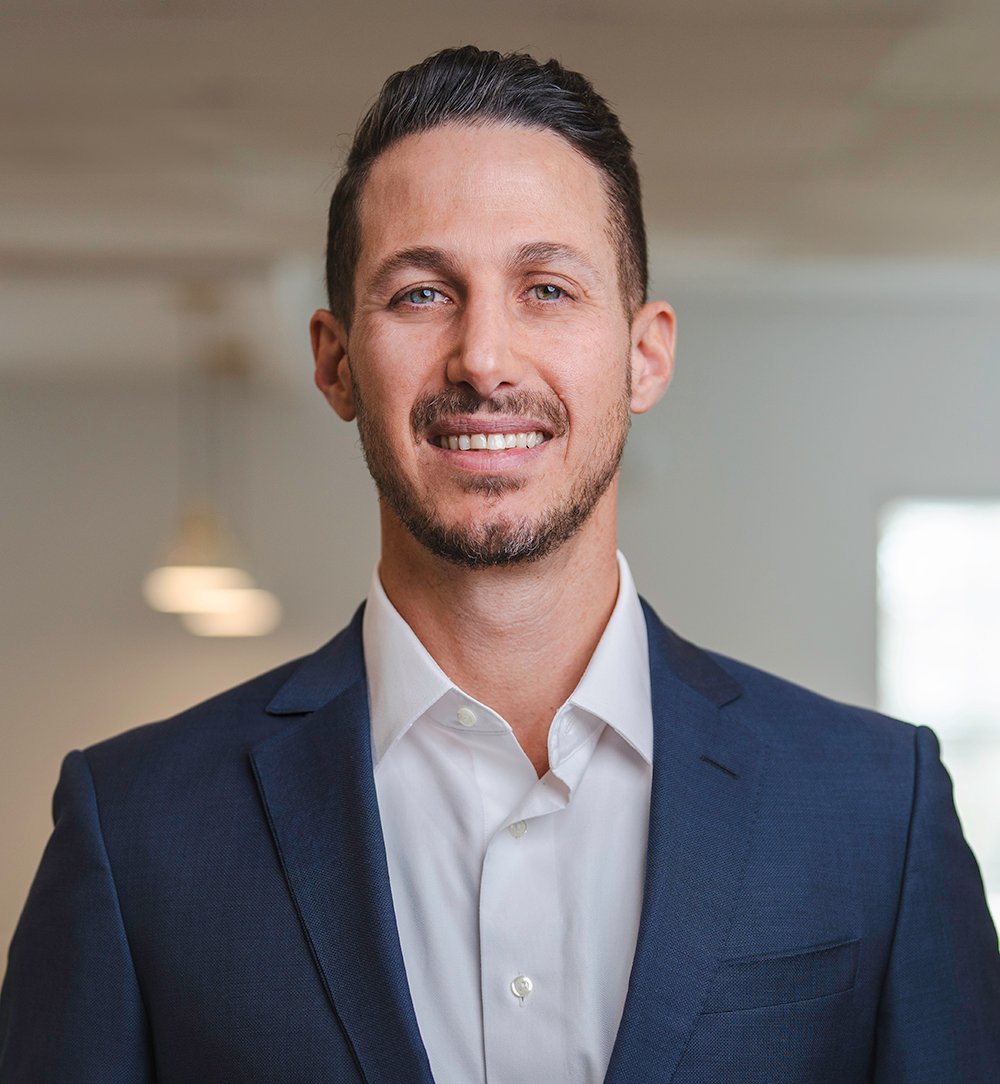You know what they say: Don’t put all your eggs in one basket. That bit of wisdom applies not only to life in general but also to your savings deposits. And no, I don’t mean investment diversification, though that’s just as, if not more, important. We mean the deposit accounts where you keep your most liquid assets – cash, money markets, and CDs.
Diversifying your deposit accounts helps you make the most of your money by allocating your savings proportionately to each kind of deposit account based on how much cash you need at any given time. The cash you keep in the money market account will earn a higher yield than a regular savings account, while a CD account will probably gain a bit more than a money market account, but your funds won’t be quite as accessible.
Savings Accounts
Savings accounts hold the cash you need for daily life, such as groceries, utilities, mortgages, and entertainment. It is the most liquid form of your money and the safest way since it is cold hard cash. In theory, that is.
Silicon Valley Bank imploded in dramatic fashion recently, leaving many clients worried about their financial future. Fortunately, the federal government swiftly stepped in, guaranteeing all deposits would be returned to account holders – even those accounts that held more than FDIC insurance limits – while assuaging fears of nationwide ‘contamination.’
But you should never depend on the government! Consider having a few deposit accounts with different banks to reduce the chance of a sudden bankruptcy. Shop around for not only the highest savings yields but also trustworthiness and reliability, and only put in the FDIC insurance limit of $250,000 into one account type.
The FDIC
The FDIC will cover up to $250,000 per depositor, per account owner category. So, if you have two savings accounts with $300,000 in total, $50,000 of that won’t be insured. But, there are strategies to look into if you really like a specific bank.
A married couple can each have their own savings account with $250,000, plus a joint account with $500,000 ($250,000 each), and all deposits will be insured by the FDIC. Other account owner categories are IRA accounts and irrevocable trust accounts.
Money Market Accounts
Next is money market accounts. These are essentially mutual funds that hold very safe and reliable short-term securities such as US Treasury securities, Municipality securities (munis), promissory notes, Repurchase Agreements (repos), and bankers’ acceptances. They fall between savings accounts and CDs regarding liquidity, safety, and yield. They pay a dividend and are highly liquid, meaning you can cash out quite quickly. Often, they require a higher minimum investment than a savings account and earn a higher yield.
Here are some local offerings:
Suncoast: 1.15% APY (with a $100,000 deposit).
BankUnited: 3.5% APY on all balances.
First Horizon: 1.00% APY for $50,000+
Certificates of Deposits (CDs)
CDs generally provide the highest APY of all the basic deposit accounts but the least liquidity. In fact, your funds may be locked up for a considerable amount of time. If you want to withdraw your funds, you will get hit with a penalty of either a set amount of the interest rate or a time period’s worth of interest earnings.
CD Maturities
Banks and brokerages offer CDs with a maturity term of months to decades. The bank uses the money they receive from your CD to render loans to individuals or businesses or purchase their own investments.
There are two basic kinds of CD return rates – fixed and variable. Fixed-rate CDs provide a guaranteed rate of return throughout the maturity period. Variable-rate CDs offer the chance of higher yields should interest rates rise.
Bank CDs vs. Brokered CDs
Alongside rates of return, there are two basic kinds of CDs – Bank CDs and Brokered CDs. You can buy a bank CD from your local bank. Maturity periods are generally shorter, and the yields are lower because the minimum deposit is usually less. A brokerage like Schwab can offer a brokered CD with a more extended maturity period and higher APY.
Current Schwab Non-Callable Brokered-CD Rates
3 Month
5.095%
6 Month
4.909%
9 Month
4.828%
1 Year
5.050%
2 Year
4.950%
3 Year
4.800%
5 Year
4.650%
CD Ladders
If you’re looking to maximize your returns on a Certificate of Deposit (CD) without tying up all of your funds, you should consider a CD ladder. The idea behind a CD ladder is to stagger the maturity dates of multiple CDs, so you can take advantage of higher interest rates on longer-term CDs while still having access to a portion of your funds every few months or years.
For example, instead of investing all of your money in one 5-year CD, you might split it into five CDs with staggered maturity dates of 1, 2, 3, 4, and 5 years with varying yields. This way, you’ll have a CD maturing each year and can choose to reinvest or withdraw the funds as needed.
Tying it all together
We have discussed two basic strategies to maximize your savings potential while maintaining high liquidity. A money market lets you fill up your regular savings account as necessary. A CD ladder allows you to keep a steady cycle of CDs with staggering maturity periods and interest rates.
Here’s how you put it all together.
Split your savings into three parts. This is your asset allocation.
Purchase a CD ladder. As CDs mature, you can either purchase another CD or drip funds into your money market. These are funds you won’t need for one to five years.
Put money into a money market. Drip money into your short-term savings as necessary. You won’t need these funds for the next month to a year.
Put about a month’s worth of necessary funds into your savings account. Keep refilling it periodically with funds from the money market account.
This strategy is reminiscent of the 3-Bucket retirement strategy but with a compressed timeline. In fact, it can easily be implemented into a customized retirement plan.
In Conclusion.
Diversifying your deposit accounts is an essential piece of the financial puzzle. It can help you weather life’s ups and downs and ensure that your money works as hard as you do. A Lakewood Ranch financial advisor can develop a tailored deposit strategy unique to your financial needs and goals. Click the button below!


